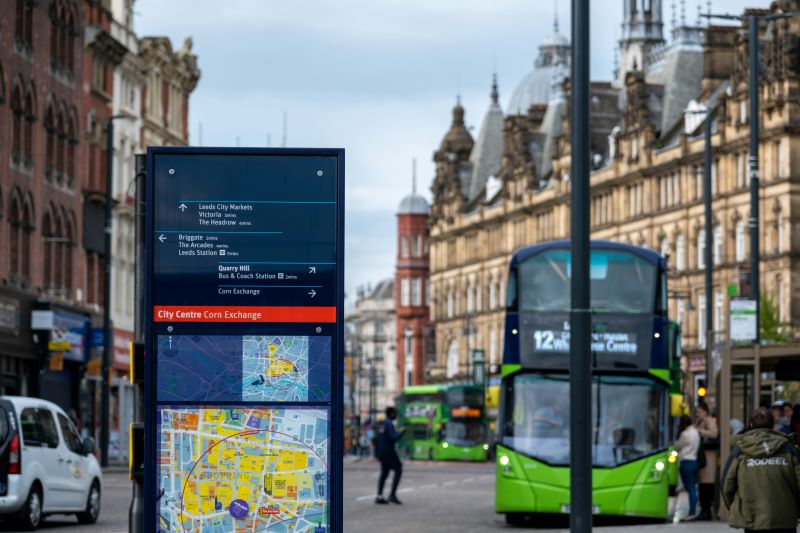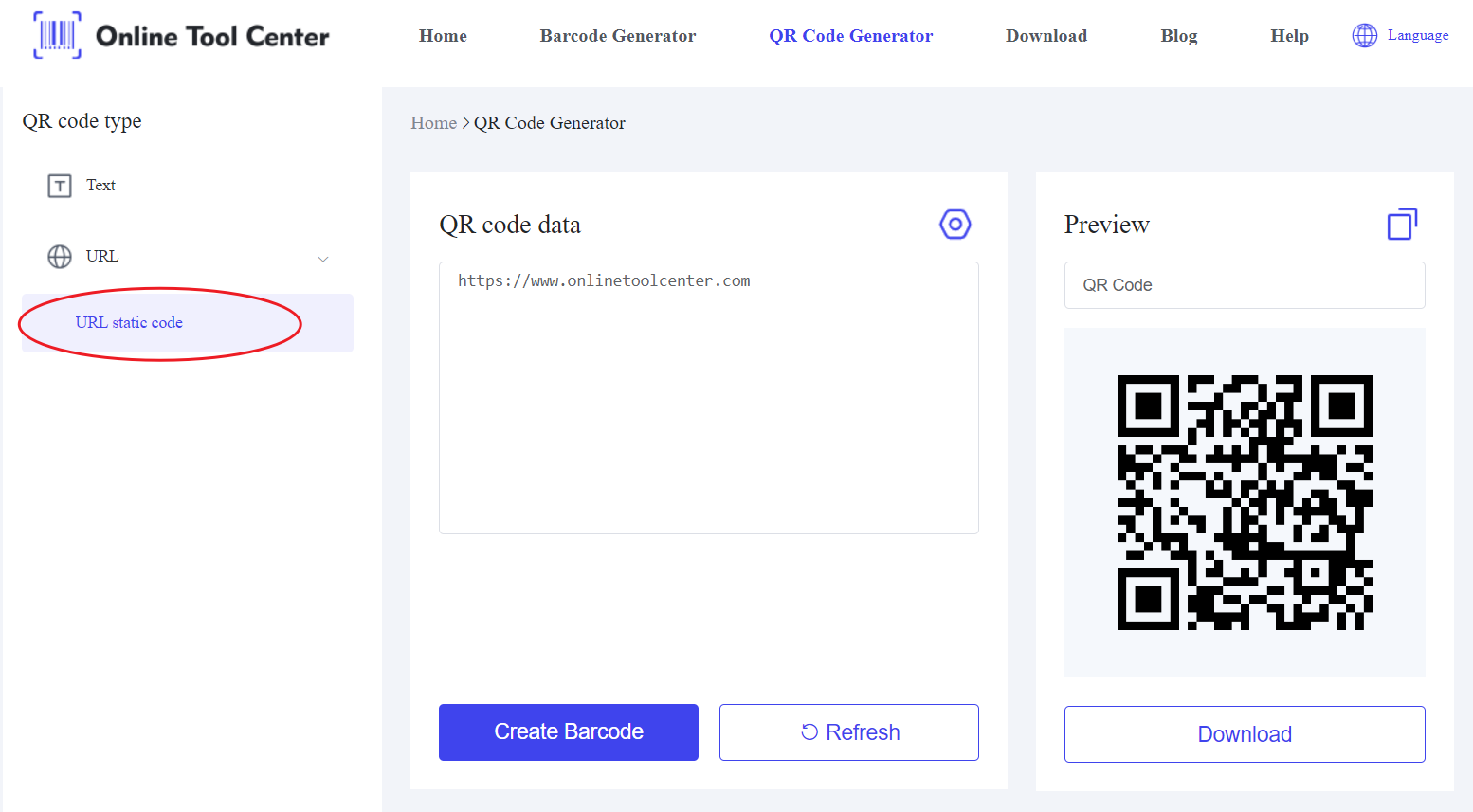Public transportation is a critical part of urban life, and innovations in technology are continuously improving its efficiency and user experience.
One such innovation is the bus stop QR code. These QR codes provide commuters with quick access to essential information and services, enhancing the overall travel experience.
The Role of QR Codes at Bus Stops
QR code bus stops have become increasingly popular due to their convenience and the value they add to the commuting process.
By simply scanning a QR code, passengers can access real-time information about bus schedules, route changes, and delays. This immediacy of information helps commuters plan their trips better and reduces waiting times.
For instance, a commuter waiting at a bus stop can scan the QR code and instantly know if their bus is on time or delayed. This technology is particularly beneficial in cities with complex transit systems, where timing and coordination are crucial.

Benefits of Bus Stop QR Codes
1. Real-Time Updates:
One of the main advantages of using a bus stop QR code is the access to real-time updates. This feature is invaluable for commuters, as it helps them stay informed about any changes or delays in their bus schedules.
2. Interactive Maps:
QR codes can link to interactive maps that show not only the bus routes but also nearby amenities such as cafes, restrooms, and other points of interest. This added layer of information can significantly enhance the commuter experience.
3. Ticket Purchase and Validation:
QR codes can simplify the process of buying and validating bus tickets. Bus ticket QR codes allow passengers to purchase their tickets online and use their smartphones for validation when boarding. This system reduces the need for physical tickets and speeds up the boarding process.
How Do I Scan a Bus Stop Code?
To scan a bus stop QR code, open the camera app on your smartphone and point it at the QR code displayed at the bus stop. Ensure the QR code is within the frame and hold your phone steady.
Most modern smartphones will automatically recognize the code and display a notification with a link or relevant information.
Tap on the notification to access bus schedules, route maps, or ticket purchasing options.
If your camera doesn't automatically recognize the code, you may need to use a dedicated QR code scanning app available from your app store.
How to Generate QR Codes for Bus Stops?
Creating a QR code for a bus stop is easy. Using an online QR code generator, transit authorities can quickly produce QR codes that link to a variety of resources, including schedules, maps, and ticket purchasing platforms. Here's a simple guide on how to do it:
1. Select a QR Code Generator: Choose a QR code generator that supports URL to QR code creation.
2. Enter the URL or Information:
Input the URL or the information you want the QR code to link to. This could be a webpage with bus schedules, a map, or a ticket purchasing site.

3. Customize the QR Code:
Many generators allow customization of the QR code's appearance. You can add a logo, change the colors, and choose different patterns to make the code more visually appealing and aligned with your branding.
4. Generate and Test:
Generate the QR code and test it with a smartphone to ensure it links correctly and the information is easily accessible.
5. Print and Display:
Once verified, print the QR code and display it prominently at the bus stop. Ensure it is placed at a height and location that is easy for passengers to scan.
Case Study of QR Codes For Bus Stop
In 2023, Springfield implemented QR codes at all major bus stops to enhance the commuting experience. Commuters quickly adapted to the new system, scanning the QR codes with their smartphones to access real-time bus schedules, route maps, and ticket purchasing options.
For instance, a commuter named Jane used to wait uncertainly for her bus, but with the QR code, she could see that her bus was delayed by ten minutes and decided to grab a coffee.
The transit authority also reported a notable decrease in paper usage and printing costs, as passengers preferred digital access to information. Overall, the QR code integration improved the efficiency of the public transportation system and increased commuter satisfaction.
Future of QR Codes in Public Transit
As public transportation systems continue to evolve, the integration of technology like QR codes will become increasingly important. The convenience, efficiency, and cost-effectiveness of QR code bus stops make them a valuable tool for transit authorities and passengers alike.
Moreover, with advancements in mobile technology and increasing smartphone penetration, the use of QR codes is expected to grow.
Future applications might include integrating QR codes with mobile payment systems, providing additional services such as ride-sharing options, and offering personalized travel recommendations based on commuter preferences.
All in all, the adoption of bus stop QR codes represents a significant step forward in making public transportation more accessible, efficient, and user-friendly.
By providing updates, simplifying ticket purchases, and enhancing the overall commuter experience, QR codes are transforming how we navigate our cities.
For transit authorities looking to implement this technology, using a free QR code generator is crucial.
By embracing such innovations, we can look forward to a future where public transit is more seamless and integrated, benefiting both commuters and transit authorities.




